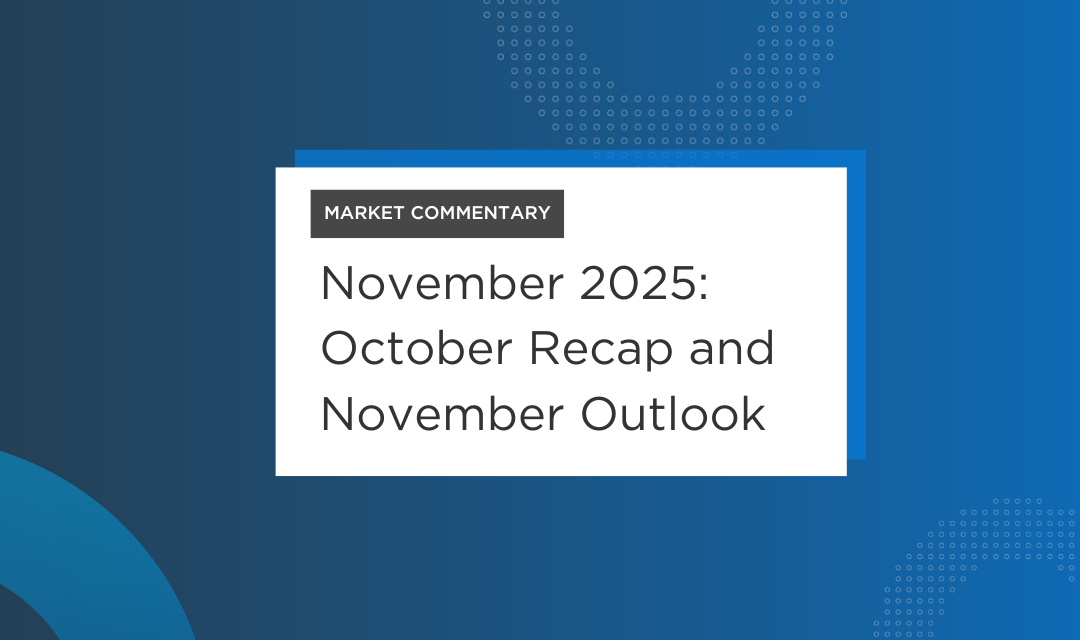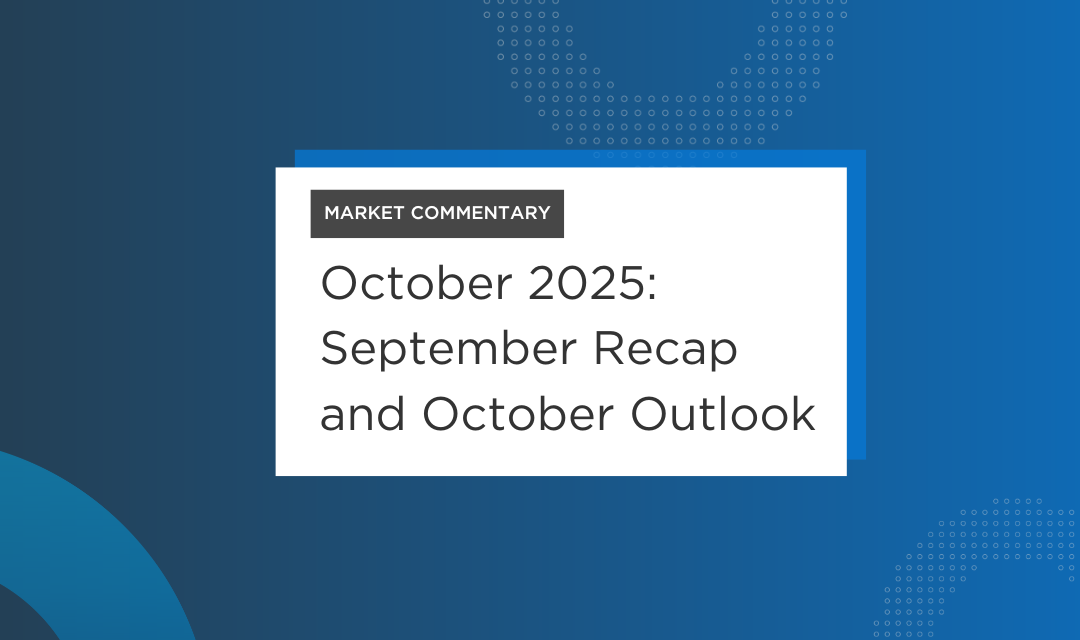January Recap and February Outlook
The market adage is “as January goes, so goes the year.” Is it true? According to an analysis by Fidelity, January returns are positive about 75% of the time the full year turns out positive.
The rally was certainly a relief after last year’s dismal performance, and while stocks and bonds are still positively correlated, the return to solid bond performance at least means the 60/40 has a chance of righting the ship.
But the data continues to be open to interpretation. Strong economic indicators like employment, a better-than-expected earnings season, and consumer spending don’t seem to match up to the very rapid change in GDP expectations.
Let’s get into the data:
- 12-month CPI was 6.5% in November. The Bureau of Labor Statistics reported the number was the smallest increase since October 2021.
- The January non-farm payroll number was 517,000. The report from the Department of Labor was 187,000 jobs above the consensus estimate, which was predicting a slowdown from last month.
- The unemployment number is now at 3.4%. For historical context, the last time it was it hit this level was the year of the moon landing.
- Fourth quarter real GDP was 2.9%, according to the U.S. Bureau of Economic Analysis’s first estimate released on January 26th. The Atlanta Fed’s GDPNow model estimate of 1Q GDP was 0.07% on January 27th.
What does All of That Data Add Up To?
The 25-basis point increase to the key short-term rate marked a return to more normal Federal Reserve behavior of making smaller, incremental changes to fine-tune the economy. However, Powell’s comments at the press conference following the meeting could be viewed as the Federal Reserve equivalent of the groundhog seeing his shadow (which he did).
We’re in for six more weeks of seasonal winter and however many months of Fed rate hike winter. The markets initially reacted with a wink and nod and chose to interpret the remarks as dovish. The received wisdom seemed to be that with inflation trending down, when faced with slowing growth, the Fed would blink and return to propping up markets.
The blow-it-out non-farm payroll number brought a different message. The best interpretation is that the underlying strength of the economy is proving resilient as job growth continues, demand switches back to services, supply chains unkink, and inflation eases back to more normal levels.
It would seem to give Powell room to allow the rate hikes already enacted to work through the economy. Recent messaging from Fed governors indicated that the possibility of a soft landing is getting less remote.
That doesn’t really square with what Powell said in the press conference, in which he cited a labor market this is still out of balance and labor force participation that is unchanged from a year ago. Despite substantially more evidence to indicate that inflation is on a sustained downward path, Powell noted that “This is not grounds for complacency.”
That may be interpreted as a need for the Fed to move the terminal rate upwards from the recently projected 5.1% peak and keep it higher for longer.
Given the mismatch between Powell’s language, the incoming economic data, and the continued strength of both the labor markets and the consumer, volatility is likely to continue.
Chart of the Month: Fed Funds Rate Increase Cycle Trajectory Comparison
We’re still not done with this increase cycle, and the trajectory is already the steepest one ever.
Equity Markets In January
- The S&P 500 was up 6.18%
- The Dow Jones Industrial Average gained 2.83%
- The S&P Mid-Cap 400 increased 9.14%
- The S&P Small-Cap 600 rose 9.40%
Source: S&P. All performance as of January 31, 2022
January saw eight of the eleven S&P 500 sectors up and Consumer Discretionary in the lead, up 14.99%. Earnings season has so far outperformed, as of 170 issues reporting, 119 (70.0%) of them have beaten earnings and 107 of 169 (63.3%) beat expectations on sales. Q4 earnings are expected to post a 2.7% gain over Q3 2022 and be down 8.8% over Q4 2021.
Bond Markets
The 10-year U.S. Treasury ended the month at a yield of 3.50%, a decrease from 3.88% in December. The 30-year U.S. Treasury ended December at 3.63%, down from 3.97% last month. The Bloomberg U.S. Aggregate Bond Index ended January with a return of 3.08%. The index continued the trend of positive correlation between the equity and bond markets.
The Smart Investor
The watchword for this year is patience. A strong January makes a good start to the year, but volatility is likely still in the offing. Until the terminal rate for the Fed is clearly in view, markets will react to ongoing data.
The Fed’s March meeting may provide some clarity, but Powell has been very consistent in his ongoing fear that pausing – or reducing – rates too soon could result in inflation remaining too high. A booming job market cushions the economy but makes the job of the Fed far more difficult.
There are some tactical things you may want to think about:
- Diversification remains a challenge. Ensuring that your portfolio is adequately diversified by adding non-correlated assets can help smooth volatility
- Timing an entry or an exit is very difficult to pull off successfully. There may be some false starts before a recovery gets fully underway. Recouping portfolio values from last year’s losses will require positive performance, and you don’t want to miss any of it
- You can make a 2022 IRA contribution until April 18, 2023, but it’s a good idea to start your tax planning early
DISCLOSURES
Advisory services are offered through TCG Advisors, an SEC Registered Investment Advisor. Insurance services are offered through HUB International. TCG Advisors is a HUB International company.
Note: This message is for informational purposes only and does not constitute an offer to sell, a solicitation to buy, or a recommendation for any security, or as an offer to provide advisory or other services in any jurisdiction in which such offer, solicitation, purchase or sale would be unlawful under the securities laws of such jurisdiction. Remember all investing involves risk.
Part of this material was prepared by Broadridge Investor Communication Solutions, Inc. and powered by Advisor I/O under the Terms of Service. Although the information in this blog has been compiled from data considered to be reliable, the information is unaudited and is not independently verified. TCG.13.2023



